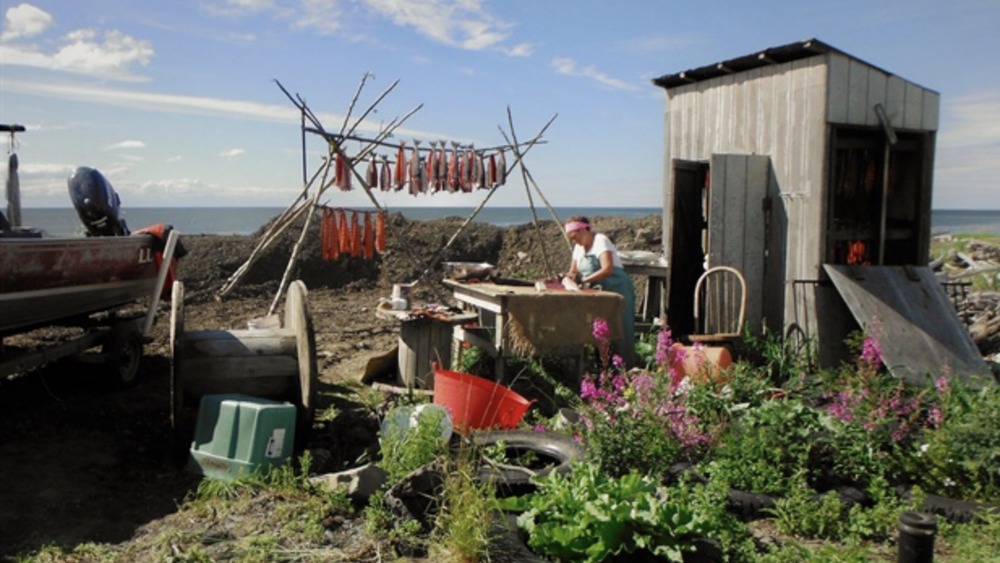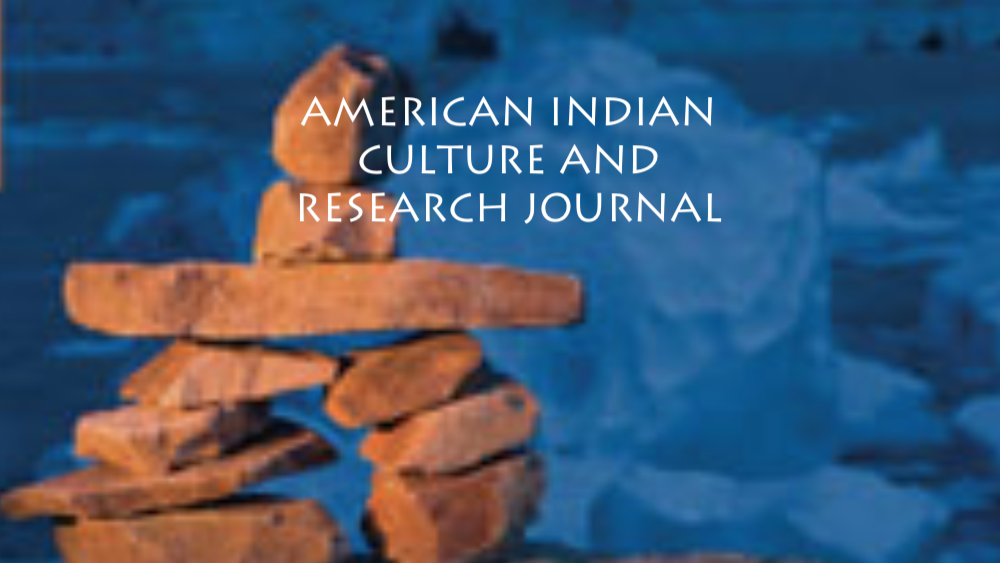Indigenous Governance Database
public health

The Impact of COVID-19 on Food Access for Alaska Natives in 2020
This chapter in the NOAA Arctic Report Card 2021 highlights: The COVID-19 pandemic has exacerbated existing challenges for Alaska Natives in accessing traditional and store-bought foods. The strength of Indigenous cultural and economic practices such as food sharing networks helped mitigate…

COVID-19 and Indigenous Peoples: Impact of and Response to the Pandemic
In a two-volume, special edition of the American Indian Culture and Research Journal—volume 44, issues 2 and 3—we examine COVID-19’s unique implications for Indigenous Peoples, nations, and communities. We organized these special issues because the COVID-19 pandemic has particularly adversely…

Native American tribe takes trailblazing steps to fight Covid-19 outbreak
The Lummi nation, a sovereign Native American tribe in the Pacific north-west, will soon open a pioneering field hospital to treat coronavirus patients, as part of a wave of strong public health measures which have gone further than many governments. Tribal leaders have been preparing for Covid-19…
